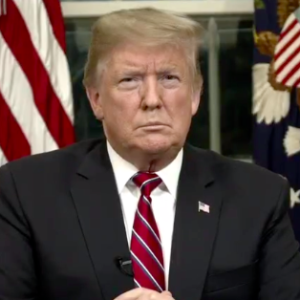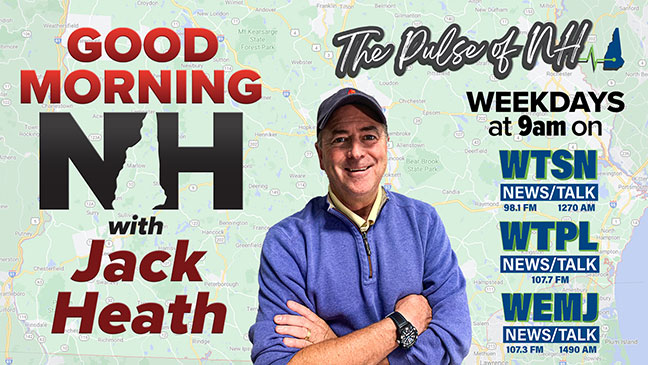When he takes the oath of office on January 20, Donald Trump will become America’s second president to serve non-consecutive terms. A look at the second-term record of the first man to do so, Grover Cleveland, surfaces a lot of similarities and holds at least one critical lesson that Trump should follow if he wants to leave an enduring coalition and a better nation: In his second term, Trump must articulate a positive vision for the United States.
Trump and Cleveland have much in common. Both ran on small-government platforms and won by peeling off sections of the business community that leaned toward the other party, sweeping the Deep South and appealing to working-class voters. Trump and Cleveland lost re-election despite presiding over mostly good economies in their first terms: Cleveland’s time in office saw the beginnings of the Second Industrial Revolution.
In addition, the presidents that served between both Cleveland and Trump’s two terms, Republican Benjamin Harrison and Democrat Joe Biden, signed record-breaking budgets and presided over stagnant economies while launching environmental and corporate-welfare-heavy programs intended to speak to the issues of the day. (Land conservation and naval development for Harrison; climate change and computer chip production for Biden.) There are significant differences, too: Cleveland supported free trade and essentially open immigration. At the same time, Trump is a trade and immigration restrictionist. Still, the parallels are impressive.
Despite hopes that greeted Cleveland’s second term and the broad coalition he built to win the White House, his second term, between 1893 and 1897, proved unsuccessful. Soon after he took office, the economy sank into the most serious recession between the Civil War and the Great Depression — the Panic of 1893. Unemployment may have neared 20 percent and the stock market collapsed.
While it had many causes, historians place this depression’s length and depth on Cleveland’s policies. He violated his commitment to small government by boosting the nation’s gold reserves through debt issues. This made private borrowing harder even as he vetoed efforts at direct relief.
Although labor unions supported Cleveland’s campaign, he resisted them by siding with business owners and violently suppressing Chicago’s Pullman strike. When Cleveland called for reductions in tariffs — the government’s principal tax source at the time —Congress increased many of them instead. Nothing went his way.
As a result, the small-government coalition he built vanished. In the next presidential election, William Jennings Bryan, a populist who favored big government, ended up as the Democratic Party’s standard-bearer, facing off against William McKinley, a fellow big spender who had made his career on tariff increases. The labor unions that once saw Harrison’s big government, high-tariff corporate welfare-heavy agenda as a threat to working people stayed with the Democrats but gravitated toward the big government and trade barriers Cleveland opposed. As a result, a man whose first term had seen the birth of American industrialization and great prosperity is now considered in the middle or below on historians’ ranking of presidents.
A central theme ties most of Cleveland’s political errors together. During his second term, he never offered much of a positive vision. Despite some bromides about classical liberal principles, he violated these repeatedly for no reason besides political expediency.
This is where Trump can learn lessons. His Make America Great Again slogan has inspired many Americans who feel they have been left behind by prior administrations. However, the president-elect has yet to clearly articulate policies besides building a border wall and increasing tariffs; recently, he proposed a 25 percent tariff on imports from Canada and Mexico. Whatever the merits of these policies, they hardly inspire. Neither of them, by itself, will meaningfully improve living standards for Americans, and the tariff proposals, which economists almost universally oppose, will reduce them.
Of course, Trump has floated plenty of ideas — permitting deregulation that could allow the private market to invest billions of dollars in innovative energy solutions, increases in high-skill immigration to bring the world’s best and brightest to America, flying cars, futuristic “freedom cities,” and ambitious plans to develop space. These certainly could offer the seeds of a compelling vision.
A slogan is one thing. Governing is another. Trump can leave a strong historical legacy by looking at what Grover Cleveland did and doing the opposite.





